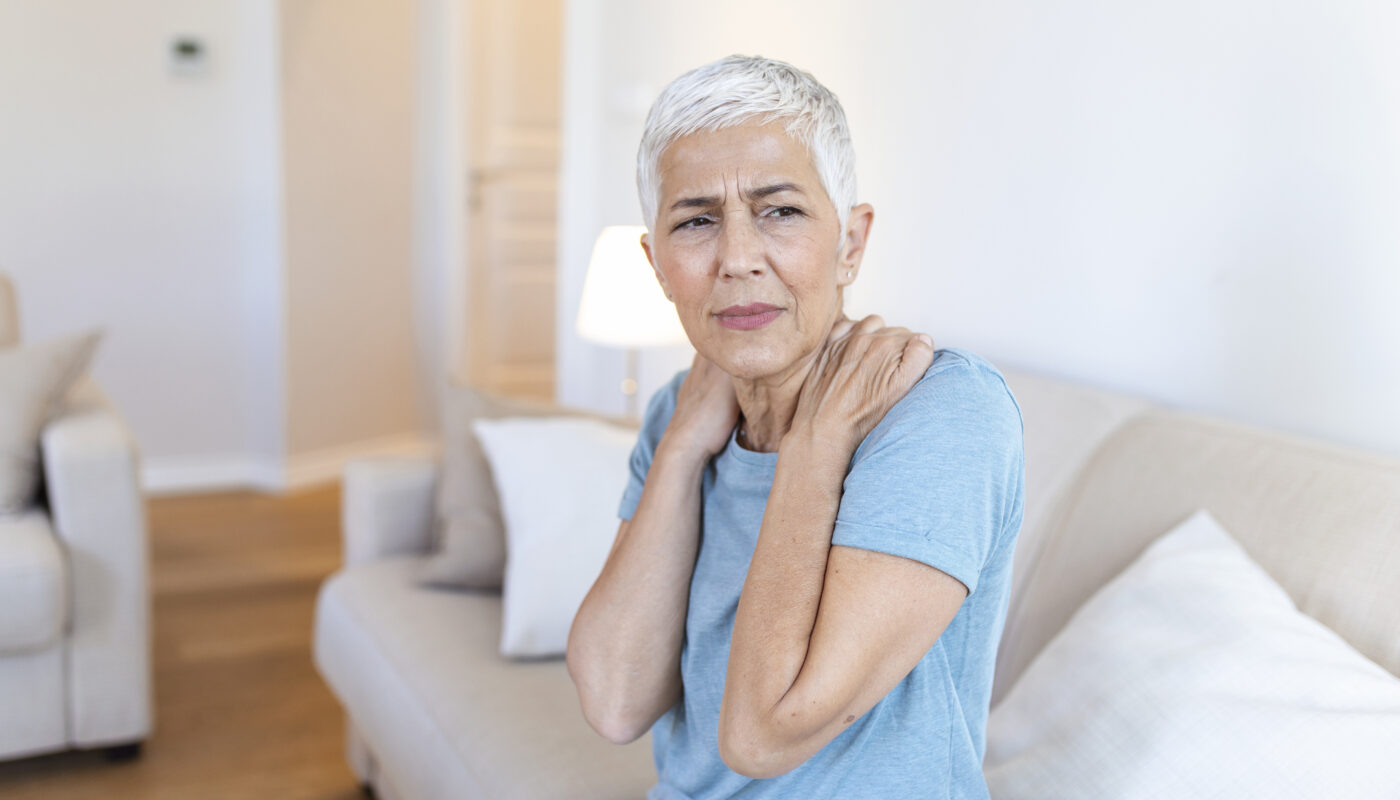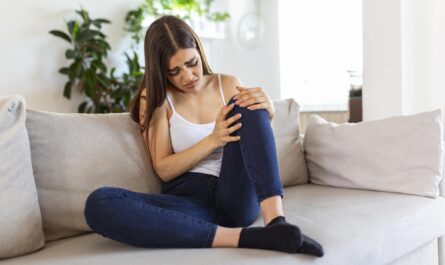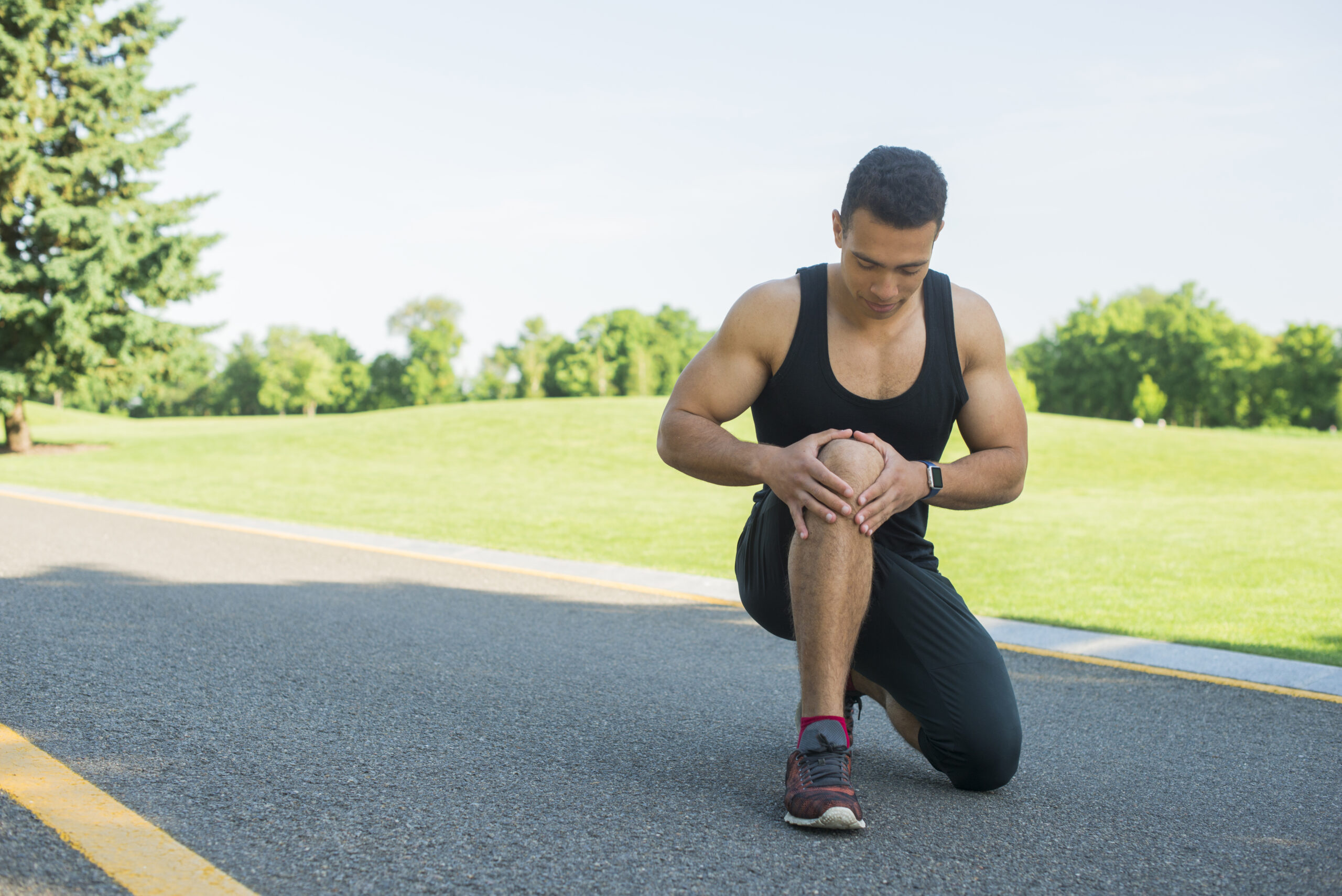Menopause is a significant transition in a woman’s life, marking the end of her reproductive years. Along with the cessation of menstruation, many women experience various physical changes, including hot flashes, mood swings, osteoporosis, and muscle cramps. Muscle cramps, characterized by sudden, involuntary contractions of muscles, can be particularly bothersome and may affect mobility and quality of life. Understanding why post-menopausal women experience muscle cramps can help in identifying effective management and prevention strategies.
Understanding Muscle Cramps
Muscle cramps happen when a muscle does not relax and contracts without conscious control. These cramps can range from mild to severe and typically affect the legs, feet, hands, or abdomen. They are more common at night, disrupting sleep, and can last from a few seconds to several minutes. While muscle cramps can affect people of all ages, they tend to be more frequent and severe in post-menopausal women due to various physiological changes.
Causes of Muscle Cramps in Post-Menopausal Women
There are several reasons why post-menopausal women are more prone to muscle cramps. These include hormonal changes, nutritional deficiencies, dehydration, reduced physical activity, and underlying medical conditions.
1. Hormonal Changes
One of the most significant factors contributing to muscle cramps in post-menopausal women is the decrease in estrogen levels. Estrogen plays a crucial role in maintaining muscle function, circulation, and electrolyte balance. When estrogen levels drop, several changes occur that can lead to muscle cramps:
- Reduced Blood Flow: Estrogen helps maintain healthy circulation. With lower estrogen levels, blood flow to muscles decreases, leading to oxygen deprivation and increased cramping.
- Impaired Neuromuscular Function: Estrogen affects nerve and muscle communication. Reduced estrogen levels can cause increased muscle tension and involuntary contractions, resulting in cramps.
- Electrolyte Imbalance: Estrogen influences the regulation of calcium, magnesium, and potassium—minerals essential for muscle function. A hormonal shift can disrupt this balance, leading to muscle spasms.
2. Nutritional Deficiencies
As women age, nutrient absorption decreases, and they may develop deficiencies that contribute to muscle cramps.
- Magnesium Deficiency: Magnesium is essential for muscle relaxation. A deficiency can lead to hyperexcitability of nerves and muscles, resulting in cramps.
- Calcium Deficiency: Calcium plays a crucial role in muscle contraction and relaxation. Post-menopausal women are at a higher risk of osteoporosis and calcium depletion, which can cause muscle spasms.
- Potassium Deficiency: Potassium helps maintain nerve and muscle cell function. Low potassium levels can result in frequent muscle cramps and weakness.
- Vitamin D Deficiency: Vitamin D aids calcium absorption. A deficiency can lead to weakened bones and muscles, increasing the likelihood of cramps.
3. Dehydration
Hydration plays a vital role in muscle function. Dehydration leads to an imbalance in electrolytes like sodium, potassium, and magnesium, which are crucial for muscle contraction and relaxation. Many post-menopausal women experience decreased thirst sensation, leading to lower water intake and increased risk of muscle cramps.
4. Reduced Physical Activity
Post-menopausal women often experience reduced physical activity due to joint pain, fatigue, or lifestyle changes. Inactivity can lead to:
- Poor Circulation: Reduced blood flow to muscles causes insufficient oxygen supply, leading to cramps.
- Muscle Weakness and Stiffness: Regular movement helps keep muscles flexible and strong. Inactivity can result in muscle stiffness, increasing the risk of cramps.
5. Medication Side Effects
Some medications prescribed for post-menopausal symptoms or other age-related conditions can contribute to muscle cramps. These include:
- Diuretics: Often prescribed for high blood pressure, diuretics can cause excessive loss of potassium and magnesium, leading to cramps.
- Statins: Used to lower cholesterol, statins have been linked to muscle pain and cramps as a side effect.
- Osteoporosis Medications: Some drugs used to treat osteoporosis can lead to muscle discomfort and cramping.
6. Underlying Health Conditions
Certain medical conditions that become more common after menopause can contribute to muscle cramps:
- Diabetes: High blood sugar levels can damage nerves (diabetic neuropathy), leading to muscle cramps.
- Hypothyroidism: An underactive thyroid slows down metabolism, affecting muscle function and increasing the risk of cramps.
- Peripheral Artery Disease (PAD): Reduced blood flow to the legs due to narrowed arteries can cause painful muscle cramps, especially at night.
How to Prevent and Manage Muscle Cramps in Post-Menopausal Women
While muscle cramps can be distressing, several strategies can help prevent and manage them effectively.
1. Maintain a Balanced Diet
Consuming a diet rich in essential nutrients can help reduce muscle cramps.
- Increase Magnesium Intake: Include foods like nuts, seeds, leafy greens, and whole grains.
- Boost Calcium Levels: Dairy products, fortified plant-based milk, and leafy greens are excellent sources of calcium.
- Consume Potassium-Rich Foods: Bananas, oranges, sweet potatoes, and beans help maintain proper muscle function.
- Ensure Adequate Vitamin D: Sun exposure, fortified foods, and supplements can help maintain vitamin D levels.
2. Stay Hydrated
Drinking enough water throughout the day is essential to prevent dehydration-related muscle cramps. Herbal teas, coconut water, and electrolyte-rich fluids can also help maintain hydration levels.
3. Regular Exercise & Stretching
Physical activity improves circulation and muscle function. Low-impact exercises such as walking, swimming, and yoga can help prevent cramps. Additionally, incorporating stretching exercises before bedtime can help relieve nighttime leg cramps.
4. Massage & Heat Therapy
Massaging the affected muscles can improve blood circulation and relieve cramps. Applying a warm compress or taking a warm bath can also help relax muscles and reduce stiffness.
5. Adjust Sleeping Positions
Sleeping with legs slightly elevated can improve blood flow and reduce cramping. Using supportive pillows can also help maintain proper posture and muscle relaxation.
6. Consider Supplements
For women with persistent muscle cramps, supplements such as magnesium, calcium, and vitamin D may help. However, it is essential to consult a healthcare provider before starting any supplementation.
7. Review Medications with a Doctor
If medications are contributing to muscle cramps, discussing alternative options or dosage adjustments with a doctor may help alleviate symptoms.
Conclusion
Muscle cramps in post-menopausal women are common but manageable. Understanding the role of hormonal changes, nutritional deficiencies, dehydration, and other contributing factors can help in adopting effective prevention and treatment strategies. By maintaining a balanced diet, staying hydrated, engaging in regular exercise, and seeking medical advice when necessary, women can improve their muscle health and overall well-being post-menopause. Addressing these issues proactively ensures a more comfortable and active lifestyle, allowing women to enjoy their golden years with vitality.



